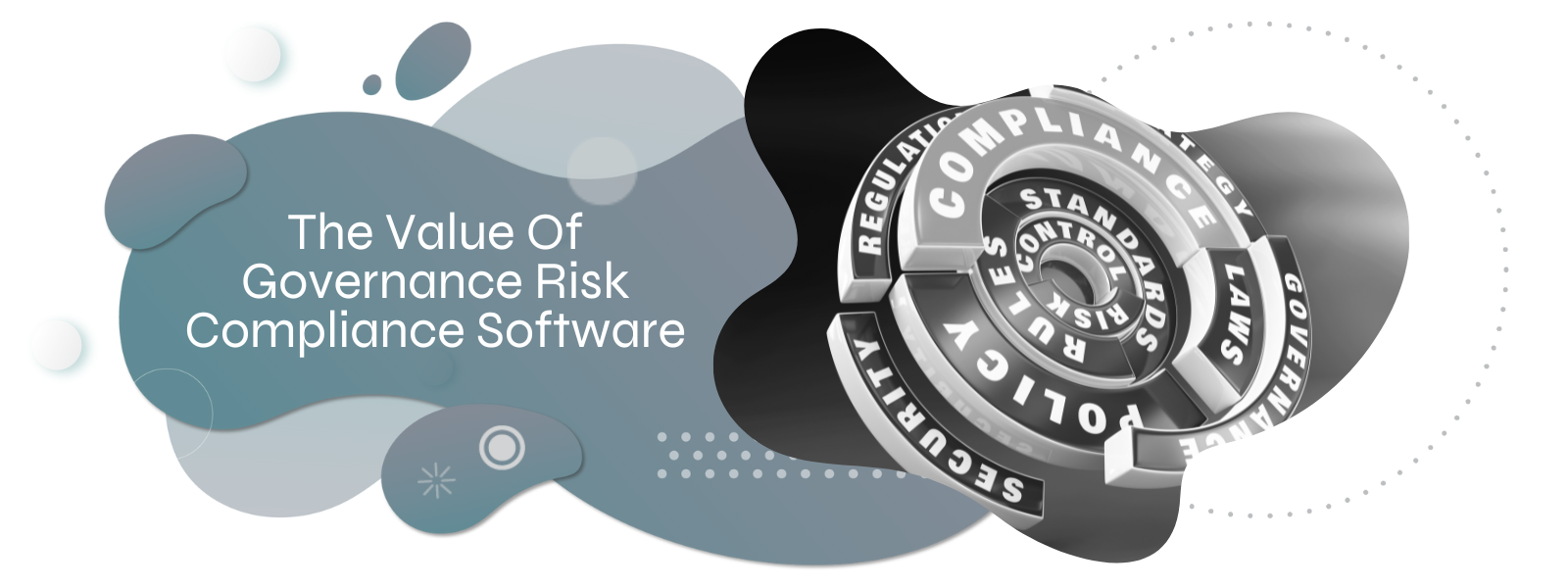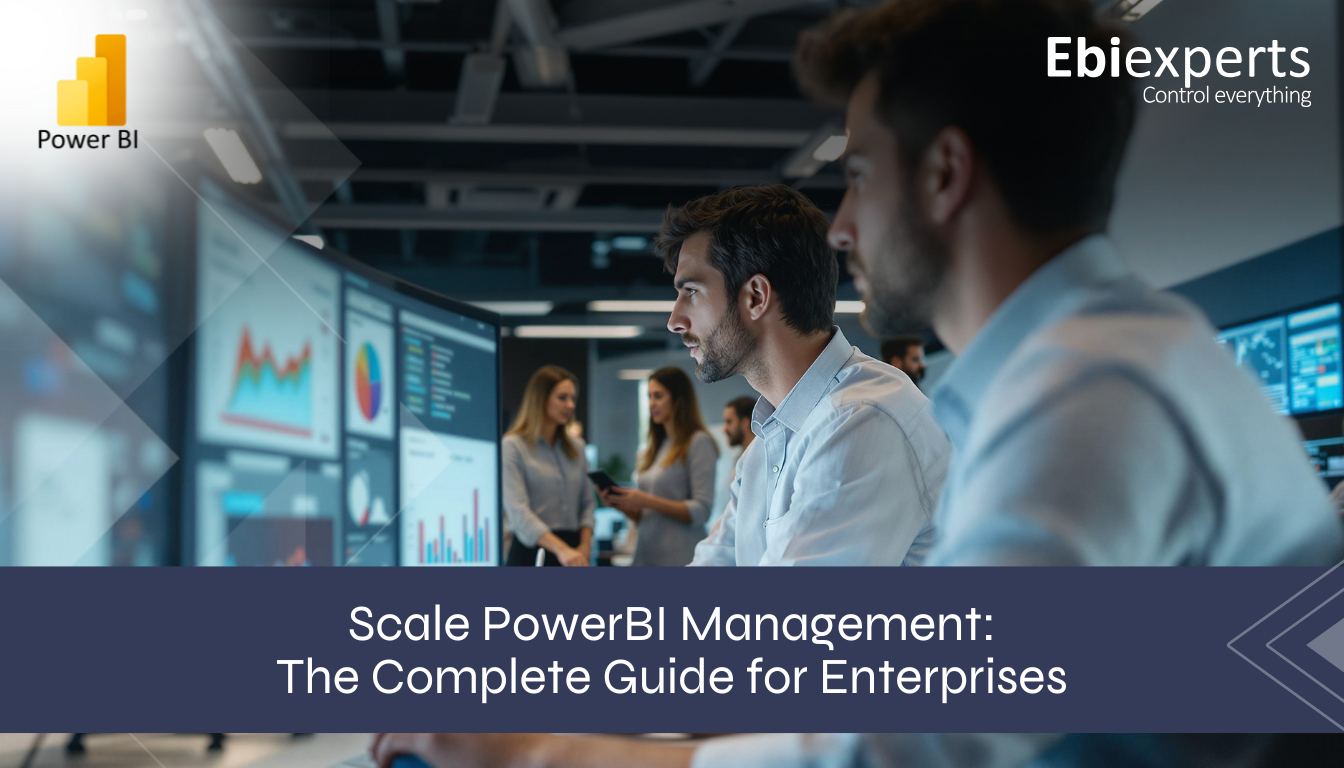The value of Ebiexperts Governance Risk Compliance (GRC) software for Qlik lies in its ability to help organizations effectively manage and monitor their compliance with regulations and standards, as well as their overall risk management and governance processes.
Here are some specific ways in which WIP and Qlik Section Access Manager for Qlik GRC can add value:
Ebiexperts Governance Risk Compliance software provides a centralized platform for managing and monitoring all Qlik Development compliance-related activities, such as policies and procedures and audit trails. This helps organizations streamline their compliance efforts, reduce redundancies, and avoid the potential for errors that can occur with manual processes.
Ebiexperts Governance Risk Compliance software enables organizations to identify, assess, and mitigate risks across the enterprise. By providing a framework for risk management, Governance Risk Compliance software helps organizations proactively manage risks and reduce the likelihood of adverse events occurring.
Ebiexperts Governance Risk Compliance software helps organizations improve governance by providing a structured approach to decision-making and oversight. By automating key governance processes, Ebiexperts Governance Risk Compliance software can enhance efficiency, reduce errors, and promote transparency.
Ebiexperts Governance Risk Compliance software provides real-time visibility into compliance and risk-related metrics, enabling organizations to monitor and report on their performance. This can help organizations identify areas for improvement and make data-driven decisions to drive performance.
Overall, the value of Ebiexperts Governance Risk Compliance software lies in its ability to help organizations ensure compliance with regulations and standards, manage risk effectively, improve governance processes, and enhance overall performance. Our advanced Audit analysis provides all the required insights to effectively manage risk within the business.



